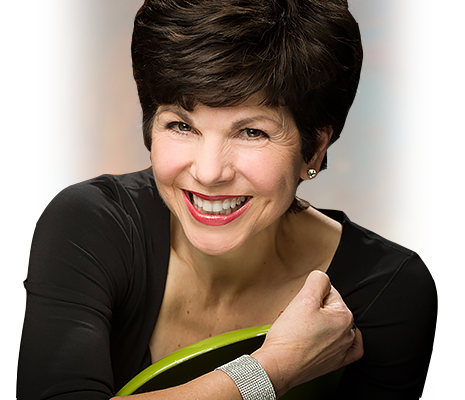
Are you curious as to the dynamics that are at play when people get together for networking? It’s especially interesting when you are meeting someone new for the first time. First impressions are pretty powerful, but I sense that there is other chemistry at work in these face-to-face interactions.
What draws you to some people and repels you from others? Was it something that they said or the way in which they said it? Did you sense something about their character or integrity that turned you on or turned you off? Is there a mutual opportunity that could be forged between you? Did you like them? Why does that happen when you are networking with some people and not with others?
What influences the meaning of communication?
Back in the 1970’s, Albert Mehrabian, Professor Emeritus of Psychology at UCLA, conducted an experiment amongst his students. He noticed that what people said and what people heard or understood varied greatly in face to face communication. So he set out to figure out what was going on.
His study concluded that when people are having face-to-face communication, the listener processes and draws conclusions in three ways:
- Verbal →7% of meaning is in the words that are spoken (the words, phrases, and verbal expressions you use)
- Vocal→ 38% of meaning is paralinguistic (the way you say the words – volume, pitch, pace, clarity and quality of your voice, your use of silence)
- Visual → 55% of meaning is physiology (facial expression, body language, personal appearance, gestures, what they see you do)
Professor Mehrabian’s model has become one of the most widely referenced statistics in communication. His theory is particularly useful in explaining the importance of meaning rather than words. Understanding the difference between words and meaning is a vital capability for effective communications and relationships.
This body of work is also highly relevant to the challenges faced by presenters, both in effectively communicating and in building rapport with the audience when you give presentations. It is also relevant to many of the networking situations that you will encounter in your business life.
Watch this short video that was filmed at a two-day presentation skills workshop that I facilitated for a client.
- Watch this related video on vocal power and body language intelligence – http://www.youtube.com/watch?v=evpn-U3t-i0
The percentages may vary, but pay attention to all three
With so much networking happening on line, via social media and on mobile devices, you might wonder if this 1970’s research is still relevant. Of course it is!
- Why else would a series of !!!!! in an email or ALL CAPS writing in email be so offensive to some people?
- Have you ever found yourself being annoyed by the sound of someone’s voice on the telephone? Was it too loud? too soft? or too high pitched?
- Texting abbreviations or overuse of urban code can come across as unprofessional with digital media and social media.
- Personal photographs can trigger negative reactions and create relationship and communication barriers.
I believe that even Email has body language. We need to be mindful of the impact of our online and written communication because it all has an element of visual communication.
Communication is such a fascinating subject. While you might consider it a “soft skill,” it can make you or break you in most business situations. Networking is just one of those situations where your communication skills are vital to your success.
Put this idea into action
I want you to learn to leverage the power of the 7-38-55 Rule of Communication to your advantage.
Start by paying closer attention to how people use their voices and their body language when they interact with others in networking situations, in meetings, and at work. Observe (without judgment) what happens between people when they are face to face. Notice what arises in you when you receive their input. What conclusions do you come to? How did you arrive at those conclusions? What influenced the meaning that you are taking away from this communication? Was it strictly the ideas and information that were shared with you, or were there other factors that play?
After a bit of observation, I want you to begin to experiment with changes in your use of voice. See what happens when you introduce more vocal variety in the way you say things. What happens when you pause and create the absence of sound? Do people lean in more? Do you hold their attention more than when you just rambled on and on at a fast pace?
Next try experimenting with your body language. Start with a change in posture. Improve your eye contact. Work on your hand shake. Consider putting away your mobile phone and turning away from your laptop computer when you meet with people face to face, so that you are sending a visual message that they are more important to you than your technology. Yes, that is a powerful act of communication.
You are well on your way to becoming a student of communications. Now, teach others in your network.

